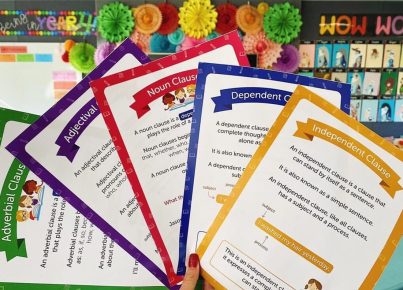Introduction
In today’s diverse classrooms, teachers face the challenge of ensuring that all students receive a quality education. One way to accomplish this is through differentiation, which is an instructional approach that tailors teaching strategies and content for each learner. In English language arts, differentiation is particularly important because students’ abilities and needs with respect to reading, writing, listening, and speaking can vary widely. This article explores some effective strategies English teachers can use to address diverse student needs in their classrooms.
1. Flexible Grouping
Flexible grouping is a strategy wherein students work in various group configurations based on their needs, abilities, or interests. By periodically changing group members, students have the opportunity to learn from different peers and develop collaboration skills. Within English classes, flexible grouping can be used for activities such as literature circles, writing workshops, or partner work for grammar practice.
2. Tiered Assignments
Tiered assignments involve adjusting tasks to accommodate students at different readiness levels or proficiency. For example, an English teacher may provide tiered reading selections where the texts vary in complexity but share a common theme or topic. Another option is to offer tiered writing prompts that target specific language skills or require varying degrees of analysis.
3. Choice Boards
Choice boards give students control over the activities they complete by offering a selection of tasks that target the same learning objectives but incorporate different learning styles. For example, an English choice board might include options for creating a character diary entry, designing a comic strip summarizing a story event, or drafting an analytical essay on literary elements.
4. Learning Centers
Learning centers are designated areas within the classroom where students can work independently or collaboratively on tasks tailored to their interests and academic needs. In an English classroom, learning centers might include a grammar corner, vocabulary station, listening lab, or poetry corner.
5. Differentiated Instruction Using Technology
Technology can play a key role in providing differentiated instruction to meet the diverse needs of students. Online tools such as e-books, interactive games, and virtual workshops can offer various options for students to practice and improve their English skills.
6. Scaffolding
Scaffolding involves breaking down complex tasks into smaller, more manageable steps, which allows students to build on their current knowledge and reach higher levels of understanding. In the context of English teaching, scaffolding might involve providing sentence starters for written responses, offering graphic organizers to support essay planning, or engaging in shared reading experiences for tackling challenging texts.
7. Feedback and Assessment
Formative assessment helps teachers understand each student’s progress and adjust instruction accordingly. In English classrooms, this might involve regular writing conferences or guided reading groups, during which teachers provide targeted feedback and support student reflection on their own learning.
Conclusion
Differentiation is vital for meeting the diverse needs of students in English classrooms. By employing strategies such as flexible grouping, tiered assignments, choice boards, learning centers, technology integration, scaffolding, and tailored feedback and assessment practices, teachers can create an inclusive learning environment that supports the growth of all learners in their journey towards language mastery.




